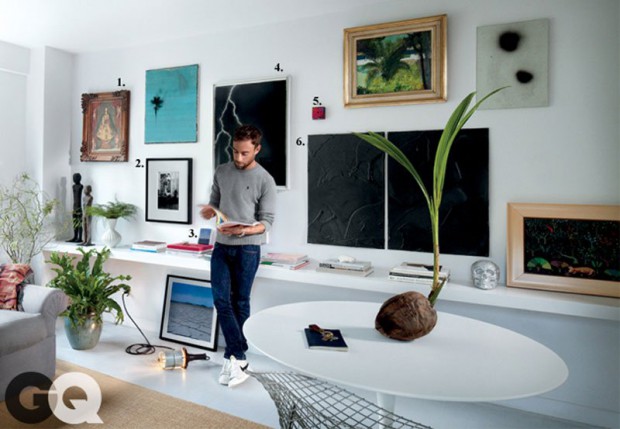How to Become an Art Collector


Do Your Research
It is very important to know what you’re talking about when it comes to art. Taste is subjective, of course, but being able to recognise certain techniques, styles and even particular artists can help you refine your taste and recognise a good piece when you see it. Educating yourself in this area is a continuous process; visit galleries and exhibitions as often as you can.
Look for Work by Up and Coming Artists
While buying art by an up-and-coming artist might be risky for an art investor, for an art collector it’s a different story altogether. You might not be able to afford works by the masters or by popular, well-known artists, but it’s definitely more feasible to buy a piece by an artist who may not be a household name but has fantastic skills with a paintbrush nonetheless. University art shows are a great place to connect with emerging talents, as are art awards, like Landmark PLC’s Fine Art Award. Landmark are a provider of luxury serviced offices in London, but they also support the University of The Arts London and Wimbledon, Chelsea and Camberwell Colleges by giving a cash award to students who have produced outstanding pieces of work over their course. Events such as this are an ideal place to scope out burgeoning talent which could soon adorn your walls.
Buy Pieces that you Love
In reality, it’s gamble as to whether art appreciates or depreciates in value the longer you own it, so it’s important to make sure that you don’t just see your collection as potential investment assets; buy pieces that you’re happy to see every day. Don’t purchase a painting because the style or the artist is in vogue or because you’re supposed to like it. A good collector has a strong sense of what they like and what they don’t – and it is this that helps create a truly well-curated collection.
Don’t Restrict Yourself
In a similar vein to both of the above points, don’t restrict yourself to looking in galleries to seek out pieces you love. Look for art in second hand shops and charity shops, garage sales and other places. This is a particularly good idea if you’re not particularly flush with the cash.
Have a Strategy for Collecting
In order to be a collector – a successful one whose collection others might one day want to purchase – then you need to have a master plan in place. Great collectors can look at works of art, separate them from all the different pieces that are already in existence and curate them in such a way that increases our understanding of one work in particular or even art in general.